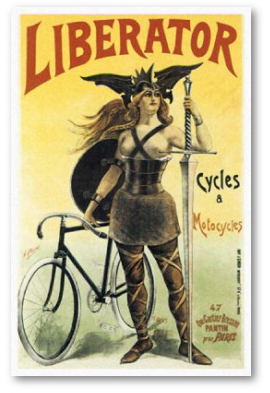 Good product design—design that solves a real need; design that considers the strengths and weaknesses of the user; design that stands the test of time and cultural fads—always incorporates the the 3 F’s: Fun, Functionality, and Flow.
Good product design—design that solves a real need; design that considers the strengths and weaknesses of the user; design that stands the test of time and cultural fads—always incorporates the the 3 F’s: Fun, Functionality, and Flow.
It’s easy to talk about the 3 F’s in abstract, but I thought taking a concrete example of a bicycle would be more productive. A bicycle is a designed object that satisfies a real need, does so in way that brings joy to its users, and the act of riding results in flow experience for many.
The old “Liberator” poster tries to communicate all 3 F’s to the potential buyers of its products: liberator means freedom to move, real functionality; the woman warrior communicates power and fun—you will feel the way she looks! It’s exhilarating!
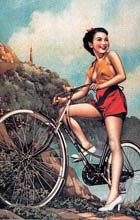
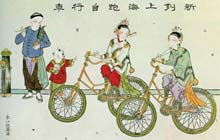 Notice the high heels and the beautiful vista (with a rough terrain) and a kid pointing at the riders with envy. These posters, old advertising ads for bicycles, try to communicate the same: it’s fun, functional, and exciting to ride a bike. Ride, and look good. Ride, and be the center of attention.
Notice the high heels and the beautiful vista (with a rough terrain) and a kid pointing at the riders with envy. These posters, old advertising ads for bicycles, try to communicate the same: it’s fun, functional, and exciting to ride a bike. Ride, and look good. Ride, and be the center of attention.
Design for Fun
So what makes a particular design fun? It seems that one of the prerequisites is the ability of a potential user to imagine him or herself using the devise. The advertising posters work because they help us visualize ourselves as the users of the bike. We want bikes in cool colors, with spinning wheels, and flashing lights, and great bells & whistles… We want a bike that others would be envious of, that made us look good when we ride it.

Look at the lines of the bike above—very Art Deco. It’s red and black and has reflectors built in. This bike has a personality, and it communicates a certain attitude about the person who owns it. Even the name, written is italic script, screams style.
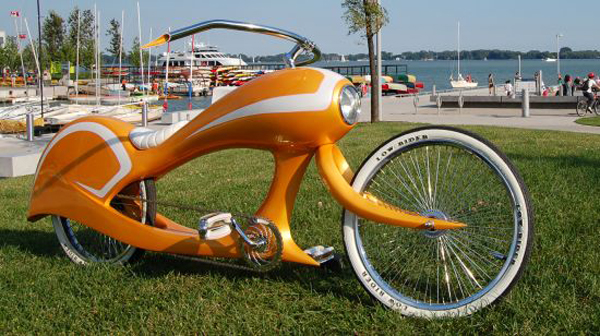
And if you ride one of these babies, you’re just asking for attention! People will stop and talk to you about your bike—it’s a conversation starter! Even the color is attention-garbing orange. This bike is fun!
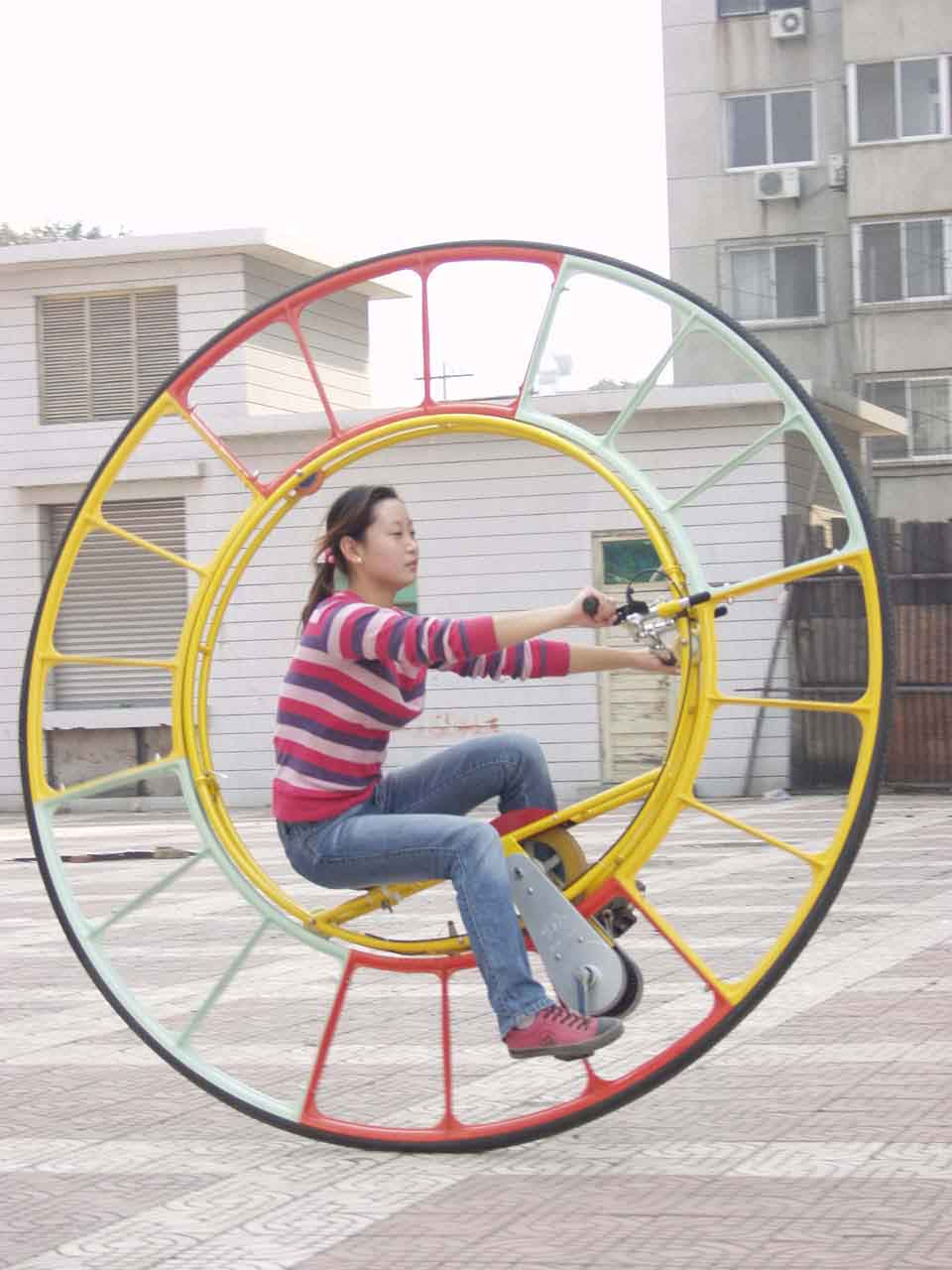
And you will definitely be mobbed if you ride this monocycle!

Ladies asked for a ride on this old fashioned, state-of-the-art-in-its-day bike!
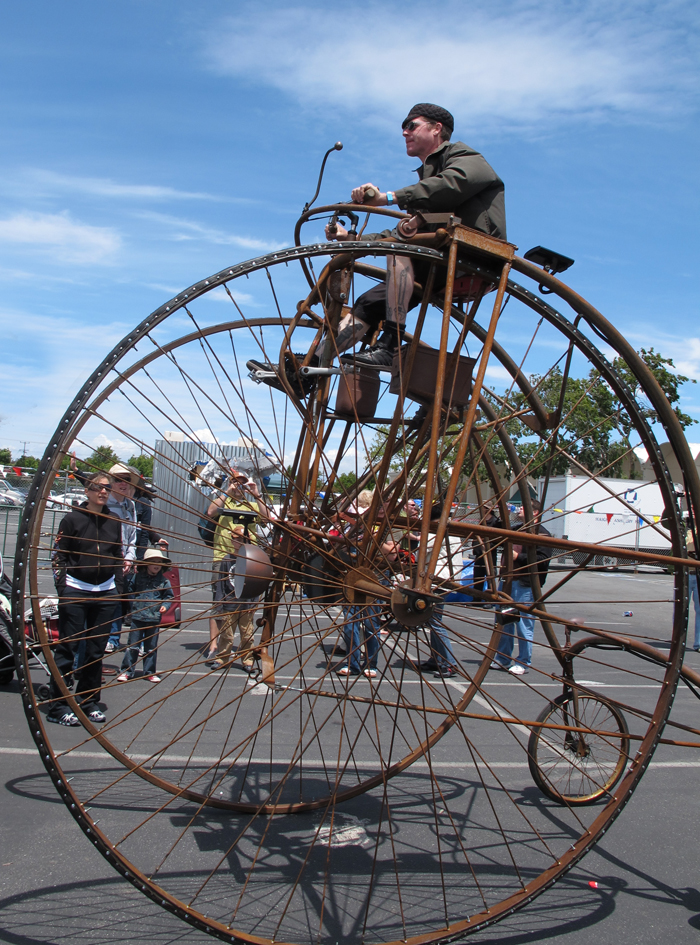
This creation was exhibited at the Makers Fair. If the maker of this steam-powered bike wanted attention, he certainly got it there! Not only he had a smile on his face the entire time, so did his audience. It looked fun to ride!
Design for Functionality
But what if you’re like me and can’t ride a bike? (Bad leg makes it impossible for me to peddle.) As important as functionality is to a fully-abled rider, it is essential that the design of a bicycle geared towards handicapped riders consider the limitations and strengths of its users to give them maximum functionality despite their disabilities.
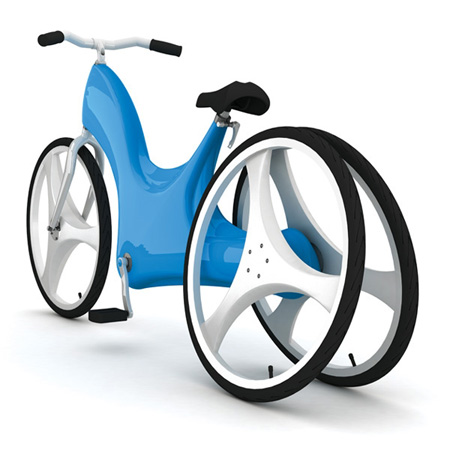
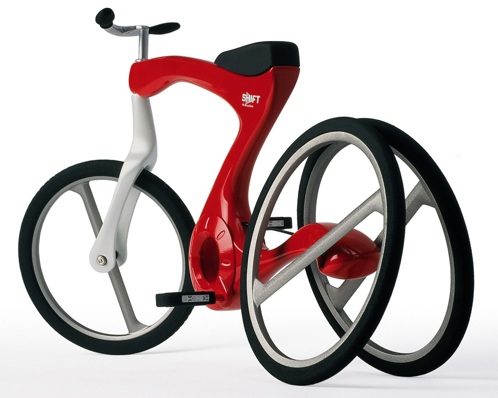
To make a bike that I can ride, I need some power assist—some help with pushing down for my left leg. Bikes shown above are also designed for better stability at low speeds and at a rest—again, a necessary component for users like me.
Bad body parts are not the only design constrains that can be considered. Some bikes are created for athletes who want to take them where “no man has gone before”. Behold the bike in the backpack:
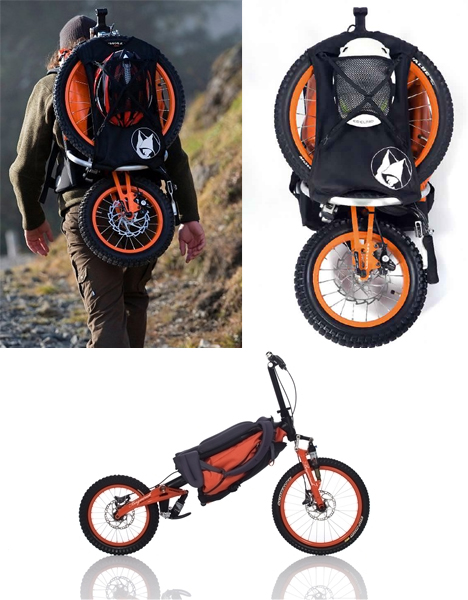
Just fold it, pack it, and use it. Obviously, the ease of folding and unfolding and the weight of this bicycle as just as important to its functionality as the ride itself.
And what if it’s not where but with whom that is important to your ride? Consider the baby bike:
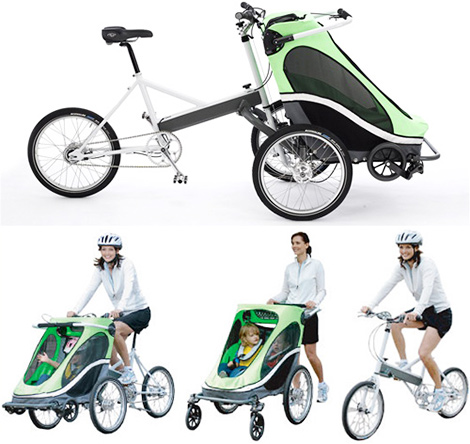
I give you the Zigo Leader Carrier Bicycle—a parent looking for exercise and fun with their kid is no longer limited to running behind the stroller. And the design accommodates the conversion to jogging, if so desired.
Solving for functionality in design is not only a modern day preoccupation. When women had to wear skirts everywhere and during all activities, a standard bicycle design didn’t work for them. So here’s a bike with bar lowered to accommodate a dress:
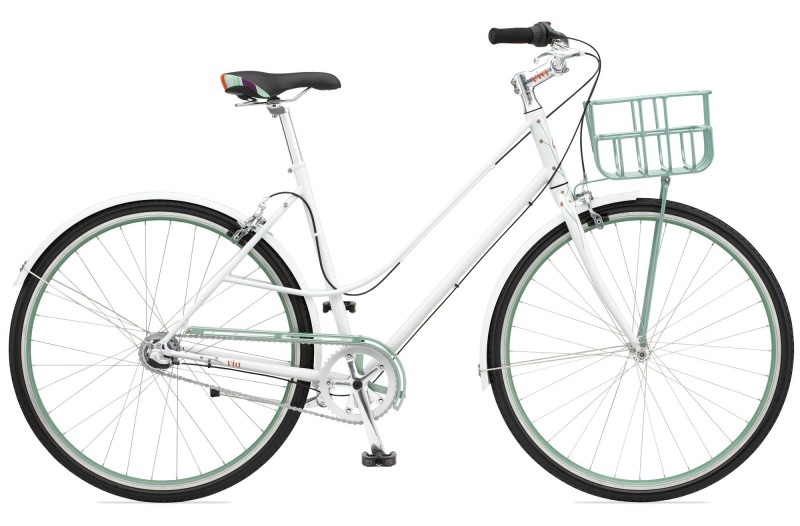
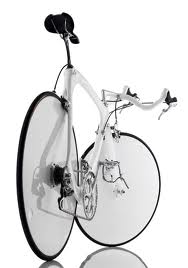 And if the functionality you want is speed, there are bikes for that. Lightweight and aerodynamic, this bike is designed to win races. The affordances on this bike arrange the rider in a position where maximum leg power can be delivered to the pedals. The low handlebars force the rider to bend over and add to stability. But this bicycle would be a lousy choice on a mountain pass. That’s why cyclists tend to end up with a collection of bikes stored in their garages—each bike carefully designed for a particular functionality.
And if the functionality you want is speed, there are bikes for that. Lightweight and aerodynamic, this bike is designed to win races. The affordances on this bike arrange the rider in a position where maximum leg power can be delivered to the pedals. The low handlebars force the rider to bend over and add to stability. But this bicycle would be a lousy choice on a mountain pass. That’s why cyclists tend to end up with a collection of bikes stored in their garages—each bike carefully designed for a particular functionality.
Some bikes are designed for exercise at home. They are meant to be used in a room and stored away out of sight when not needed. This is also a design challenge, especially for small urban apartments. And for best option, these stationary exercise bikes should easily convert to a full riding option, for easy inner-city commute.
But if commute is the reason for a bike, then a small, electrical bike (for a little assist on those hills), that folds away into a closet, and charges overnight (or at the office) might be the way to go. Consider the Grasshopper.
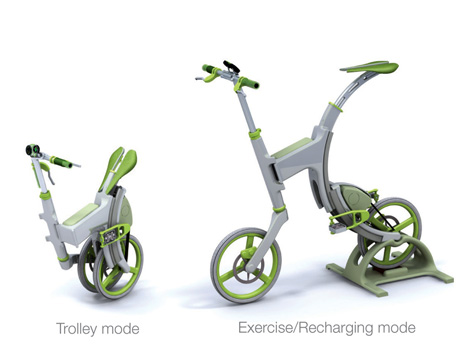
You can exercise; you can take it to work; and you can use it to move equipment around the office! One solution for multiple problems.
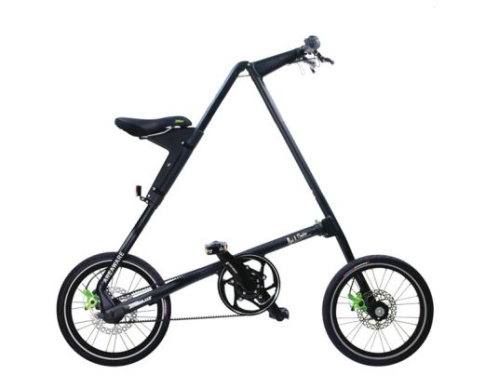
Strida 5.0 Folding Bicycle keeps it simpler—easy to ride, easy to store. Sometimes, designing to solve all problems, tackles each problem at a sub-optimum level…
Design for Flow
So there’s fun and there’s function. Let’s talk flow. What is it? In this blog’s Glossary, I define flow as follows:
Flow is an Optimal Experience. To be an Optimal Experience the activity has to consume total attention, be engrossing; has to be enjoyed by the person doing the activity; has to be performed under appropriate environmental conditions; and has to be cognitively exhilarating—not too hard and not too easy. Flow happens when all four conditions are satisfied. An optimal experience lives in an Intellectual Goldilocks Zone.
So how can a rider of a bicycle attain flow? There are two components to each experience: internal state of mind and external conditions. For a novice bicycle rider, all attention is focused on the mechanics of riding (peddling, keeping balance, avoiding obstacles, etc.). If external conditions are challenging (e.g.: rain, rough surface, loud noises, crowd of people), then riding stops being fun—it slips outside of the Goldilocks Zone.
For an expert rider, a simple outing in a park might not be enough to attain flow (unless the company adds to the equation, and flow is obtained through the friendship as opposed to a ride). To enhance the riding experience, the experienced rider needs enhanced external conditions. These external conditions can be the bike itself or the environment.
Riding a self-made steam-powered bike can propel a rider into flow even on even pavement (glass is a bonus).
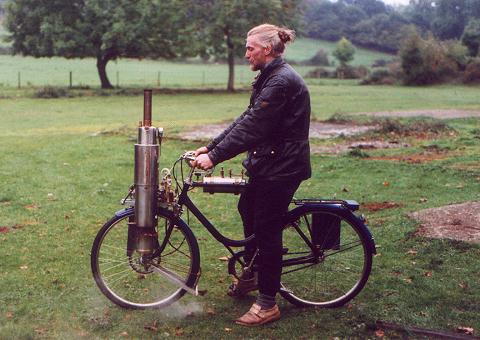
A rider can reach flow by grabbing attention of others. Check out these two bikes:
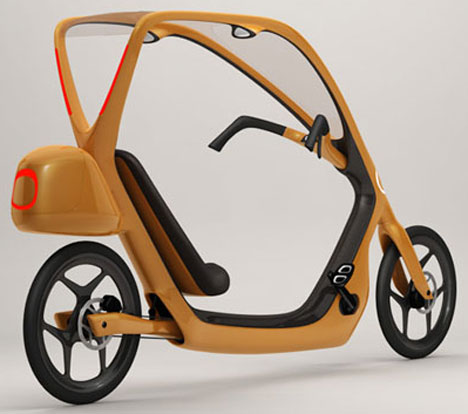
ThisWay Recumbent Bicycle puts the rider into a sitting position. Speed and power is sacrificed to comfort. It even sports a rain roof.
Speed, of course, is an excellent flow-inducer. Who needs a seat?
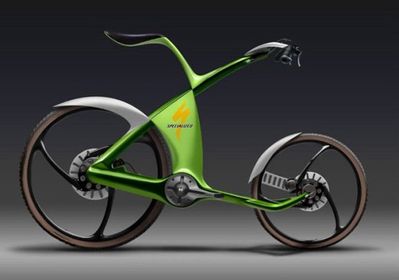
With flow design, to each his own.
Together—fun, function, and flow—create the ultimate ride.

1 comment for “Fun, Functionality, Flow: the 3 F’s of Product Design”